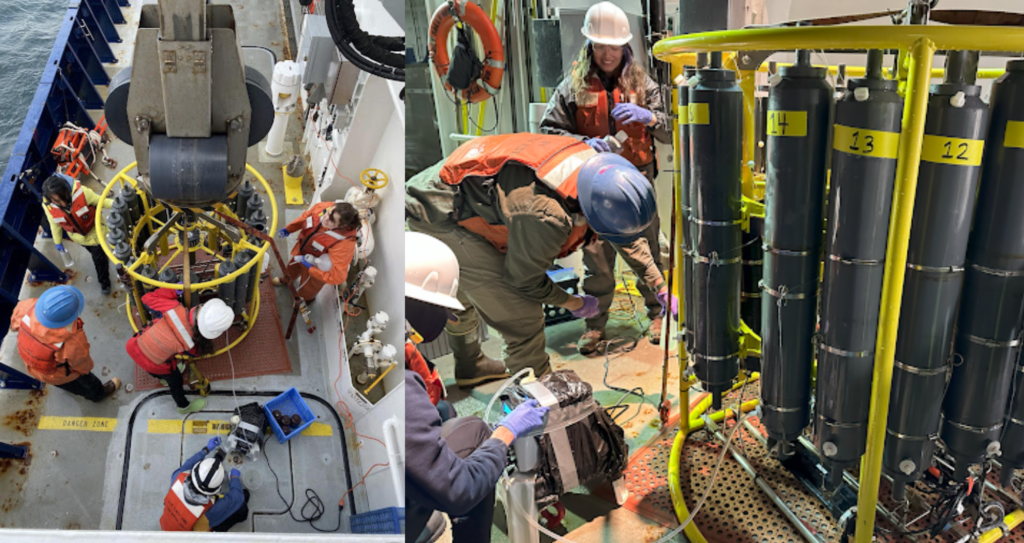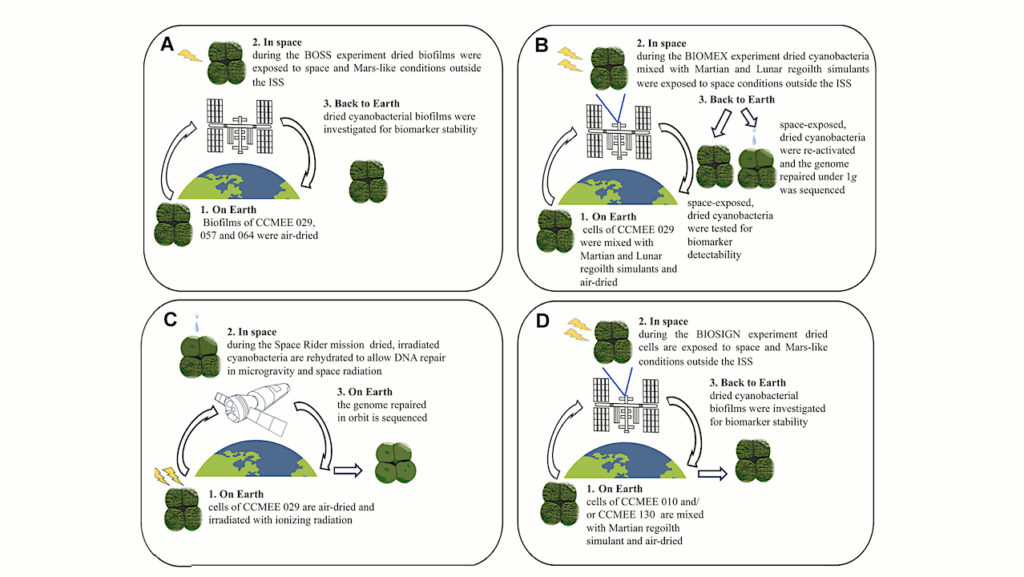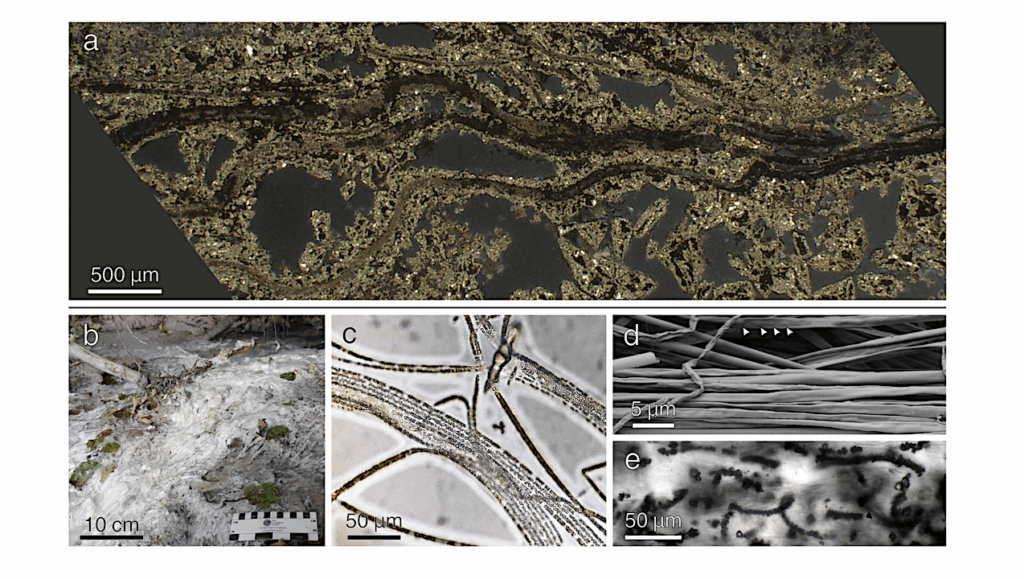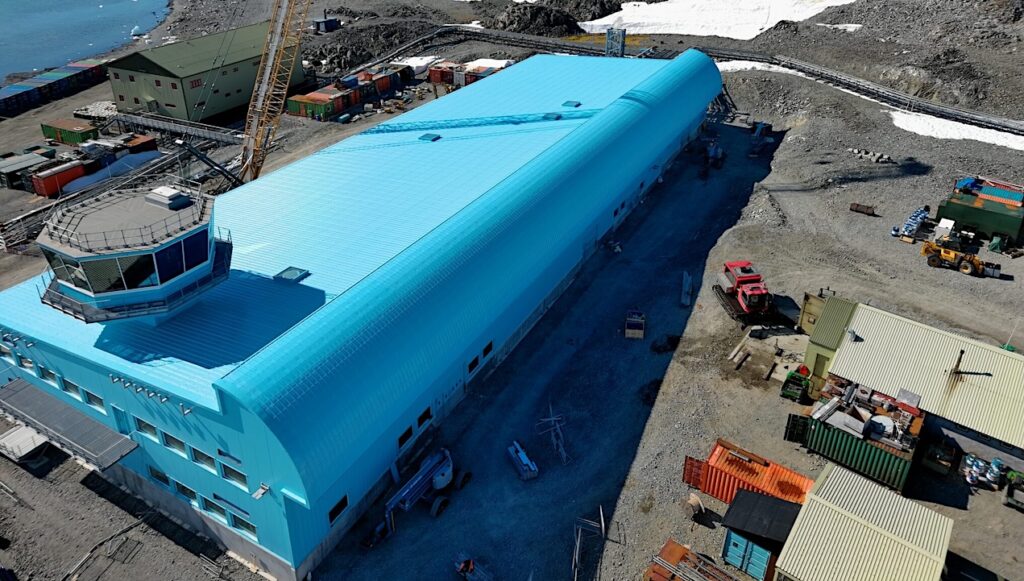Elation Through Filtration: An Oceanographer’s Sensations at Sea Aboard R/V Sally Ride

By Dante Capone, Ph.D. student at the Scripps Institution of Oceanography Aboard R/V Sally Ride
Being a biological oceanographer on a physical oceanographic voyage has highlighted a key distinction between the two disciplines.
Physical oceanographers rely on sensing – deploying instrumentation that measures properties of the water: temperature, velocity, oxygen, etc. Those data are sent back to laptops allowing for near instantaneous analysis. The day-to-day work of biological oceanography, on the other hand, may be a science best described by filtering – a task that is intertwined with most measurements in our field. We collect water and remove the particles or organisms we want to study. The finest filter might have holes that let only the tiniest particles through, while the largest filter could be something like a large net, where even fish can slip through its mesh.
On the surface, this seems to have drawbacks: the science requires elaborate (but often aesthetic) filtration racks and intensive labor both on the ship and back on shore. It may be months before samples are fully analyzed and in a nicely formatted data table on your computer. However, for me these additional steps have resulted in a greater appreciation for the science and a deeper natural intuition for the water we study.

Filtering concentrates the colors and shapes of the particles and plankton in the water, painting them on the canvas of a small, white 25mm lens into the water below us. When passing through a phytoplankton bloom the filter may stain vibrant shades of green, yellow, or red, and with material thick enough to form plankton layer cake. Occasionally, a stray zooplankton – a jellyfish or small crustacean – may unintentionally wind up on your filter, causing the true marine biology nerds to gather around in excitement in an attempt to identify it. We note everything, pack the filters into neatly labeled vials and archive the evolution of our oceanographic journey for analysis back on land.

Part of the reason I enjoy biological oceanography is the variation provided by alternating between typical work on the computer and in the lab punctuated by intense bouts of fieldwork at sea. Compared to the data analysis or paper reading we do back on land, the “sea brain” switches gears, acclimating to more hands-on work. After a handful of experiments, we’ve dialed in our tasks, placing filters, measuring and pipetting water becoming ingrained into our muscle-memory. This frees up the mind and facilitates conversations and a special kind of bonding that can only happen due to the lengthy nature of our sampling.
On the S-MODE campaign, I have been doing a lot of filtering. In my case, I’m interested in measuring grazing in the ocean. Analogous to cattle grazing grass on land, zooplankton graze phytoplankton in the ocean and convert this into energy for larger organisms, or export it to the seafloor as fecal pellets. To make my measurements, I join the party of scientists to gather around the CTD (a suite of sampling instruments) where I collect and filter water into countless labeled bottles to remove any microorganisms. Whether there are waves crashing onto the deck or sun shining on a calm sea, the excitement of science spikes our energy, allowing us to share laughter and meaningful conversation. Back in the ship’s lab we’ll carefully pour our water onto dozens of filters, often powered by lively music.

There may come a day soon when biological oceanography advances to the point of instantaneous measurements. Already, high-tech cameras, acoustics, optics, and even early in-situ DNA measurements pave the way to phase out filtration. However, for now we will continue to enjoy the opportunity to slow down and enjoy letting each parcel of water we collect pass through our hands.
Astrobiology








